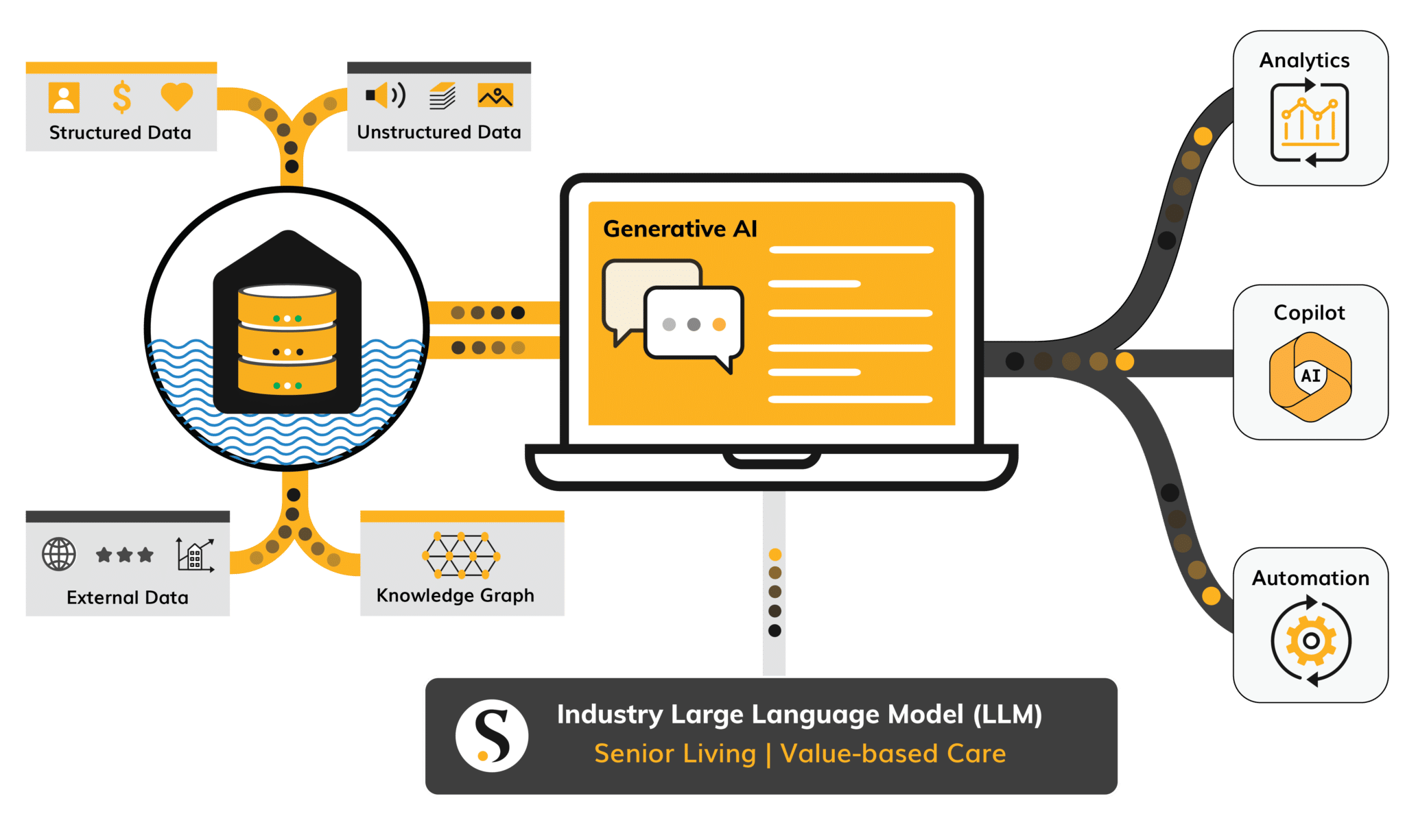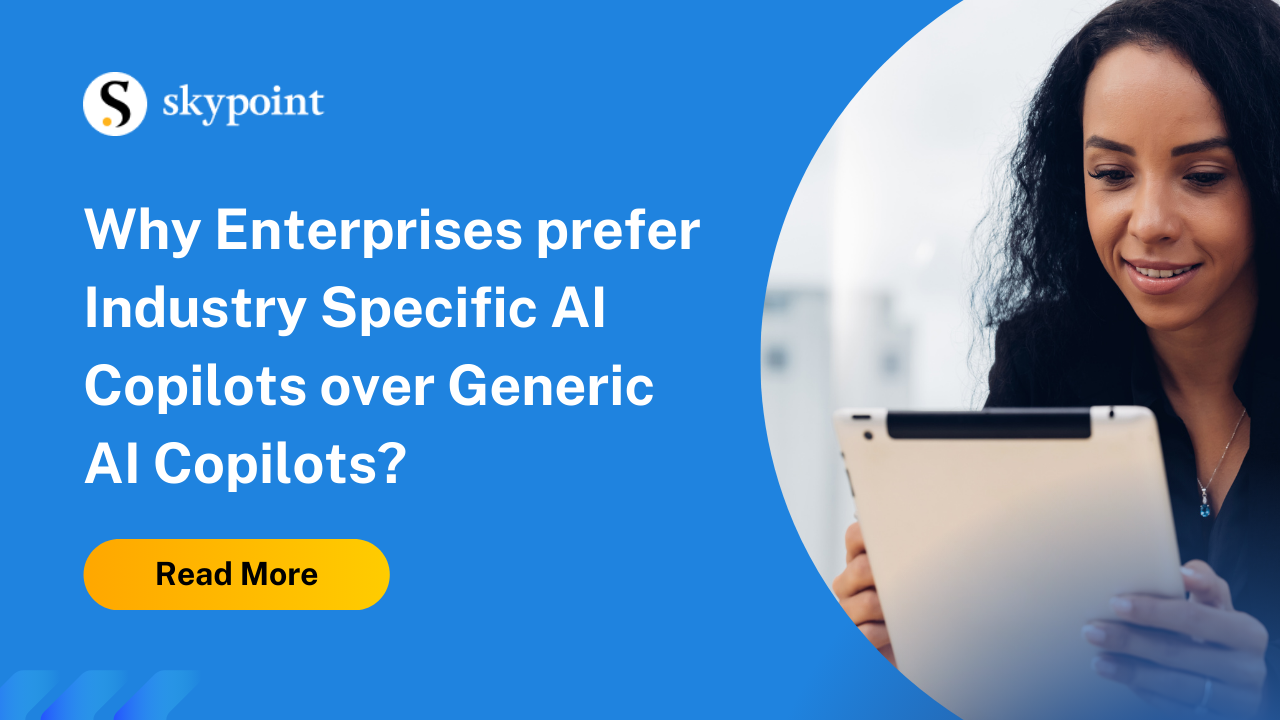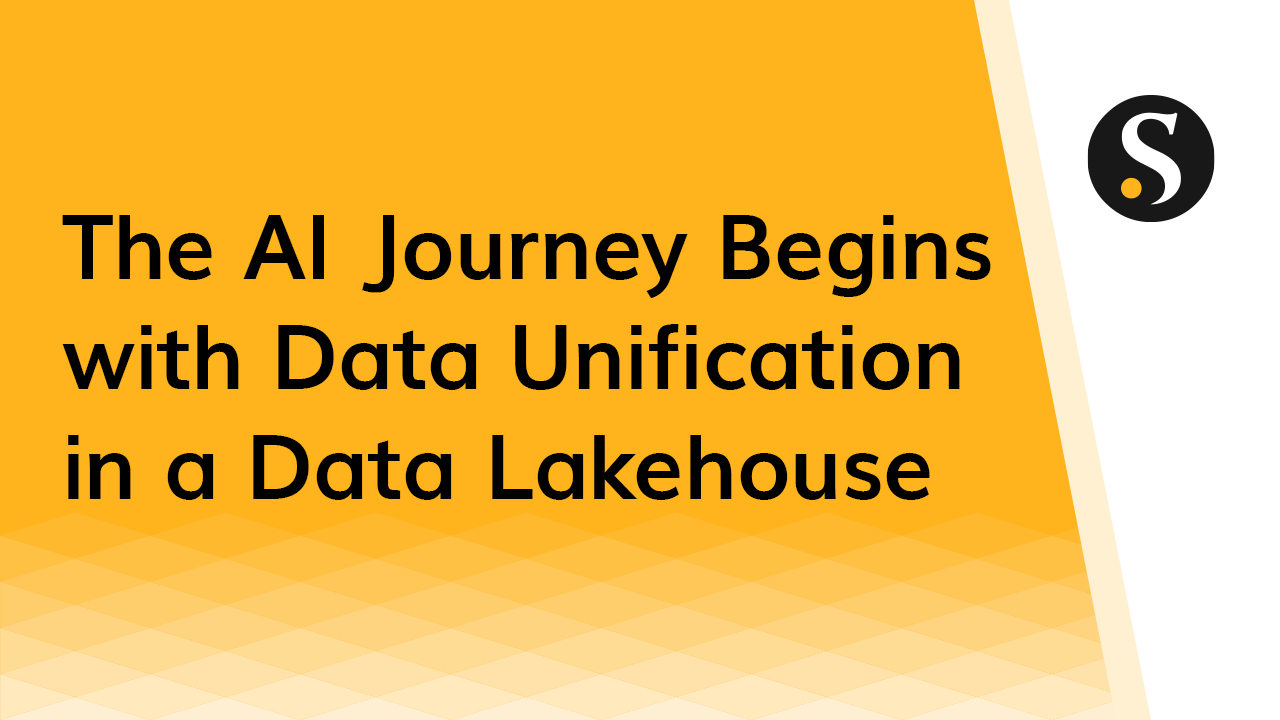Unified data analytics offers the opportunity to transform industries and solve major, persistent problems for organizations across various sectors. And yes, the investment is worth making.
There are many data tools on the market currently. And although each of them serves an important purpose, this proliferation of tools makes creating reliable connections between systems an increasingly bigger challenge for data-driven organizations.
Most tools require you to constantly move data, build pipelines, and spend time and resources to ensure the data gets to a central database for further analysis. This has to stop.
What Is Unified Data Analytics?
Unified data analytics is the practice of unifying and centralizing an organization’s data analytics processes. The primary goal of unified data analytics is to bring people and data together. By integrating data from multiple sources into a single ecosystem, unified data analytics reduces data silos and increases data effectiveness.
To tap into the power of data, organizations must have all their information in a centralized location from which analysts, data engineers, data scientists, and AI programs can reliably access the data and gain accurate insights at a moment’s notice.
However, many have been waiting for third-party systems or partners (i.e. CRM, ERP) to provide the integration capabilities. But it’s simply unrealistic to expect any vendor to build hundreds of connectors to address every solution on the market.
Therefore, organizations must take ownership of their data infrastructure. A data warehouse or data lakehouse plays a critical role in bringing all the pieces together.
Ultimately, unified data analytics allows organizations to have a centralized data repository that can apply to any analytics stack as long as it’s accessible in a specific open protocol format.
What Are the Benefits of Unified Data Analytics?
Unified data analytics provides a solid foundation for building robust data-driven business strategies. Here are the three benefits of using this approach.
1. Cost-Effective Data Analytics and Data Science
Unifying and centralizing your data helps support cost-effective analytics, data science projects, and AI initiatives. It provides the foundation to build generative or predictive AI and machine learning models that can be applied across an organization to break down silos.
Without a unified approach, organizations have to build their data models and pipelines multiple times—often one for each use case—which is expensive and time-consuming. Unifying your data eliminates this massive pain point and reduces the long-term cost of your analytics and machine learning initiatives.
For example, some organizations want to sprinkle a bit of data science into one business use case and some reporting for a different department. With disconnected systems, you’d have to build everything from the ground up.
But today, you can easily do it with a unified data analytics platform instead of spending money on repeating the same tasks to build a model or report for each request.
Simply put, the foundation allows you to deliver projects faster, better, and more reliably.
2. Less IT Handholding and More Accessibility
Unifying and centralizing your data can take some of the load off of your IT team.
When teams need to retrieve data from different sources or for various purposes, they are more empowered to grab it independently, taking into account their own security and governance requirements.
For example, a data mesh streamlines the process by extracting and landing data in a centralized repository. Then, IT adds a layer of security and governance measures. Business units can get reliable data on demand and get on with the task at hand.
Recently, I talked to a customer who complained that it sometimes took days or even weeks to access data to manipulate or generate reports for their projects. That won’t cut it in today’s fast-paced business environment—the data may be outdated at that point.
A unified data analytics platform can add agility to decision-making processes and empower you to access data exactly when you need it.
By reducing IT handholding through modernizing data tools and centralizing data access, we can make the relationships between IT and leadership more positive and collaborative. Plus, providing autonomous access to data empowers business units to own their outcomes.
3. Unlocking Generative AI Business Possibilities
There has been an explosion of interest in large language models (LLMs) like ChatGPT. These models were trained on information from the internet—they know the facts.
But here’s the caveat: They don’t know anything about your business to apply the knowledge to achieve specific objectives. In other words, these “facts” are completely uncontextualized.
A reliable network of unified data provides the context that you need to generate actionable insight from these models.
Applications like Microsoft Copilot help unlock the power of generative AI to meet business needs. There are many types of Copilot functions, each for a specific purpose, such as:
- Coding
- Building presentations
- Generating business reports
- Answering queries (“What is the HR policy about XYZ?” or “What tasks do I need to complete today?”)
Let’s use one of our clients in the senior living industry as an example.
We feed a vast amount of market intelligence data for the senior living sector into an LLM so individual stakeholders don’t have to comb through reports to figure out insights like how they perform in the market, how their pricing compares to their peers, or how many communities a senior operator has.
Users can ask a question in plain English to get the answer via Microsoft Copilot or a Chat-GPT plugin.
Additionally, we help this client make their data, policies, and documents easily accessible through LLMs. Stakeholders use Copilot to ask questions and get answers immediately without spending hours searching a knowledge base or reading numerous reports.
To get the most out of generative AI, you must provide the model with a large swath of unified data to learn from. And you need to consider your business as a whole instead of looking at narrow business functions. A data lakehouse provides a solid foundation for all of this.
Realizing the Promise of Unified Data Analytics
A unified data analytics platform helps organizations cross the data maturity curve, going from descriptive to predictive analytics and generative AI.
It allows you to create structured data for machine learning models to get the most out of your AI investment. Unified data analytics also harmonizes the relationship between IT and business units, enabling them to collaborate and solve complex business problems.
Skypoint Cloud offers the solutions and expertise to bring people and data together. Learn more about our unified data analytics capabilities and get in touch to schedule a demo to see how we can help.












